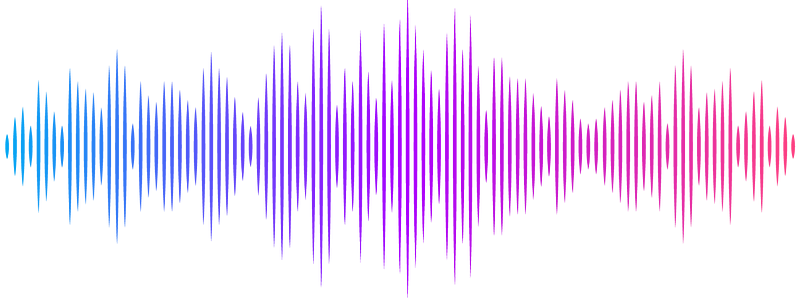Differential cell signaling testing for cell-cell communication inference from single-cell data by dominoSignal

Differential cell signaling testing for cell-cell communication inference from single-cell data by dominoSignal
Mitchell, J. T.; Stapleton, O.; Krishnan, K.; Nagaraj, S.; Lvovs, D.; Cherry, C.; Poissonnier, A.; Horton, W.; Adey, A.; Rao, V.; Huff, A.; Zimmerman, J. W.; Kagohara, L. T.; Zaidi, N.; Coussens, L. M.; Jaffee, E. M.; Elisseeff, J. H.; Fertig, E. J.
AbstractAlgorithms for ligand-receptor network inference have emerged as commonly used tools to estimate cell-cell communication from reference single-cell data. Many studies employ these algorithms to compare signaling between conditions and lack methods to statistically identify signals that are significantly different. We previously developed the cell communication inference algorithm Domino, which considers ligand and receptor gene expression in association with downstream transcription factor activity scoring. We developed the dominoSignal software to innovate upon Domino and extend its functionality to test statistically differential cellular signaling. This new functionality includes compilation of active signals as linkages from multiple subjects in a single-cell data set and testing condition-dependent signaling linkage. The software is applicable for analysis of single-cell data sets with multiple subjects as biological replicates as well as with bootstrapped replicates from data sets with few or pooled subjects. We use simulation studies to benchmark the number of subjects in compared groups and cells within an annotated cell type sufficient to accurately identify differential linkages. We demonstrate the application of the Differential Cell Signaling Test (DCST) in the dominoSignal software to investigate consequences of cancer cell phenotypes and immunotherapy on cell-cell communication in tumor microenvironments. These applications in cancer studies demonstrate the ability of differential cell signaling analysis to infer changes to cell communication networks from therapeutic or experimental perturbations, which is broadly applicable across biological systems.